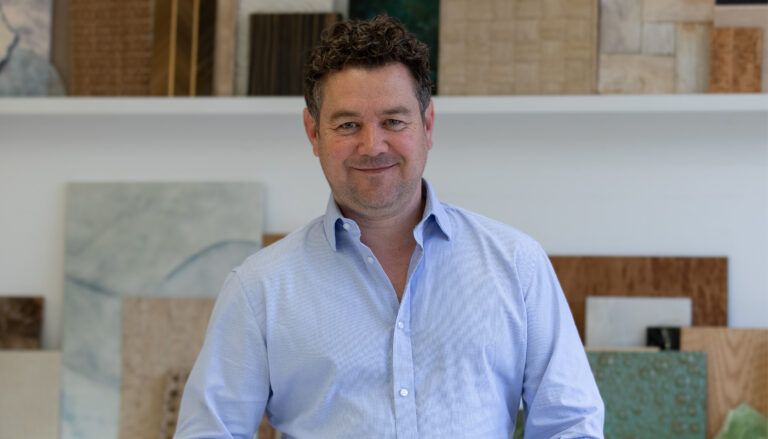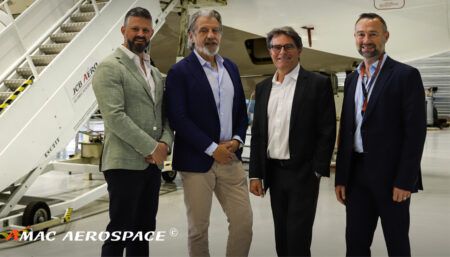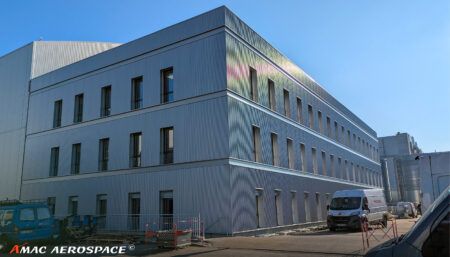Mike Sutton, associate at Winch Design, on eVTOL design; incorporating materials from other industries; and making use of VR and 3D printing.
What material or technological developments interest you?
While our aviation projects always incorporate standard certified materials, we also introduce materials from other industries. Once selected, they undergo certification by the completion centres as part of the final modification process. For example, we introduced a gypsum mirror frame to an aircraft interior and incorporated a wall with real wood veneer using F/List’s oiled surface solution.
We’re receiving increasing requests from younger clients for materials that are both sustainable and low in CFCs. To meet this demand, we have a dedicated sustainable materials specialist. The aviation industry presents a strong platform for these innovations, as 80-90% of interior materials are already faux. The search for sustainable alternatives is introducing unique, non-traditional materials, offering clients fresh and innovative design possibilities.
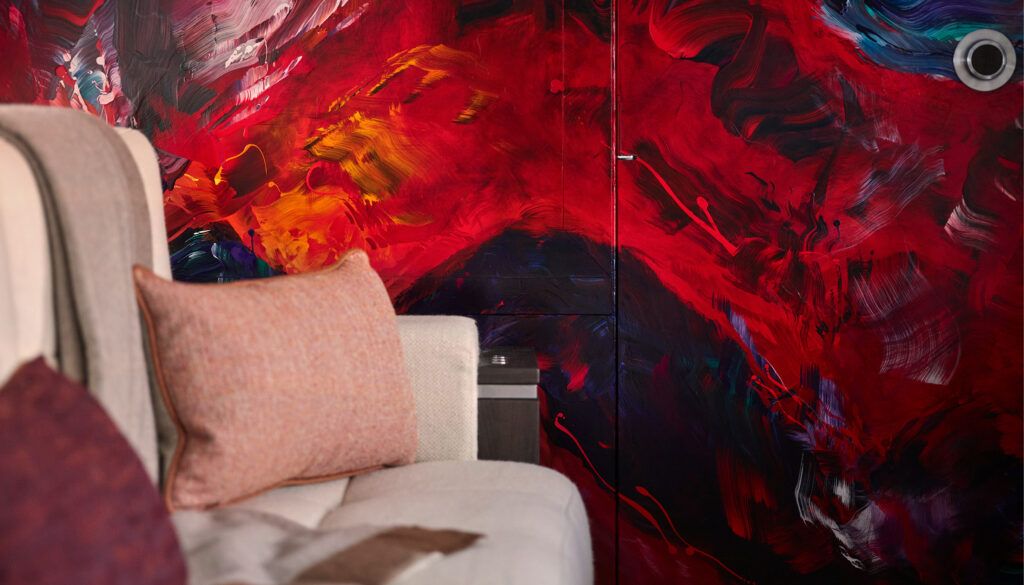
Is new visualisation technology impacting you?
Recently, we created a full CGI model of a GA, allowing the client to walk around the layout in VR. This enabled them to quickly grasp the spatial arrangement and make adjustments before the detailed design phase. Many of our presentations now incorporate animations. Additionally, our in-house 3D printers allow us to produce models of furniture, interior details, and even yacht exteriors. These are invaluable for refining proportions, verifying interfaces and ensuring design accuracy.
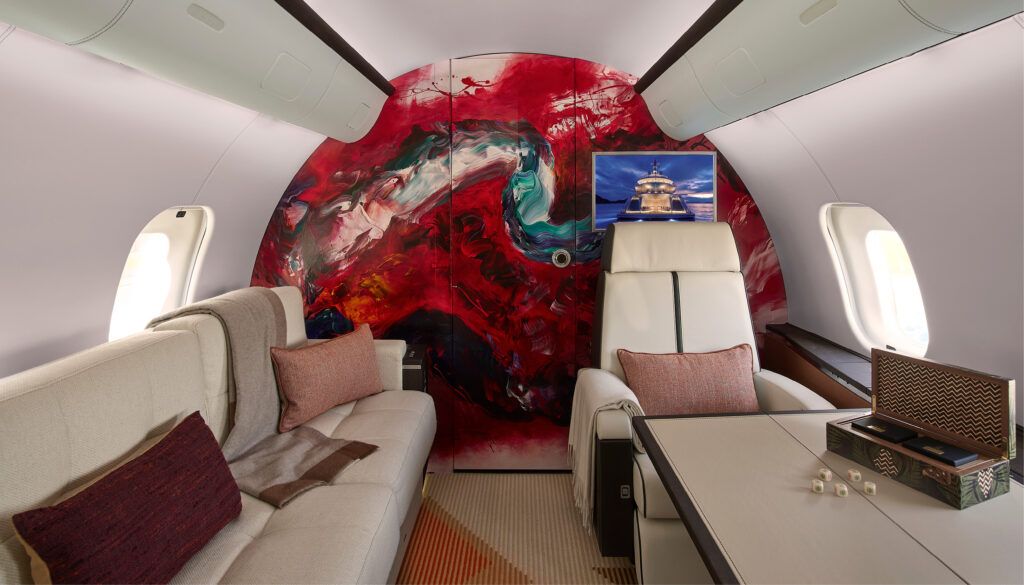
Will the emergence of eVTOLs impact business jet interiors?
Once eVTOLs establish their place in the aviation industry, it will be exciting to see them develop a distinct design identity that embraces their electric nature. Much like how Tesla has redefined the driving experience – ensuring drivers are constantly reminded they’re in an EV through unique detailing – eVTOLs could adopt a similar approach. For example, exposing elements of the lightweight fuselage structure could serve as a visual cue to emphasise the aircraft’s lightweight construction.
The introduction of a new aircraft type will likely bring with it a different certification framework. The advanced technology in eVTOLs may also allow for greater flexibility in material selection. However, one certainty remains: maximising range will require materials that are as lightweight as possible.
This interview was conducted by Izzy Kington and first published in the March/April 2025 edition of Business Jet Interiors International as part of the Design Forum feature.


